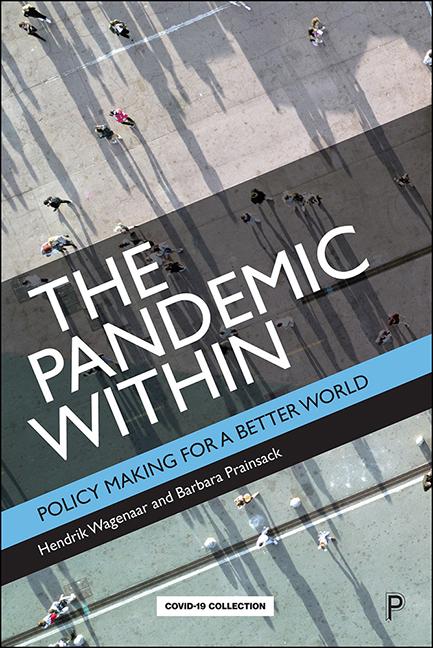Book contents
- Frontmatter
- Contents
- Acknowledgements
- 1 Introduction: The pandemic within
- 2 At home in the world: overcoming the predicament of complexity and hegemony
- 3 Ensuring a well-functioning public infrastructure
- 4 Housing is a public good, not a commodity
- 5 Redefining work and income
- 6 The return of good government
- 7 Real corporate responsibility
- 8 Money as a public good
- 9 Living in the Anthropocene
- 10 Towards an ecological society
- Notes
- References
- Index
4 - Housing is a public good, not a commodity
Published online by Cambridge University Press: 13 May 2022
- Frontmatter
- Contents
- Acknowledgements
- 1 Introduction: The pandemic within
- 2 At home in the world: overcoming the predicament of complexity and hegemony
- 3 Ensuring a well-functioning public infrastructure
- 4 Housing is a public good, not a commodity
- 5 Redefining work and income
- 6 The return of good government
- 7 Real corporate responsibility
- 8 Money as a public good
- 9 Living in the Anthropocene
- 10 Towards an ecological society
- Notes
- References
- Index
Summary
In Chapter 3 we outlined the importance of a comprehensive, wellfunded public infrastructure that includes essential public services. We believe that housing is, if not the most important item on this list, the foundation for almost everything else.
In an exhibition about poverty in the 19th and early 20th century in the Wien Museum in Vienna (Schwartz et al, 2007), we saw old black and white movie reels about working class housing in the United Kingdom just after the First World War. Whole families in one grimy unheated room, one toilet and water outlet for dozens of families in the courtyard, and heart-breaking stories of eviction. The situation was similar or worse in Vienna at the time, as we will see below. During the First World War, the Emperor had to intervene when his soldiers defected en masse on discovering that their families were evicted from their homes back in Vienna. (He introduced the tenant protection legislation that is still in effect today.) The documentary also contained interviews with people who had moved to newly built public housing with running water, an inhouse toilet, and two rooms and a kitchen. To witness, across the chasm of history, the gratification of these families with their new living quarters was a moving experience. It was clear from their stories that the improved quality of their new dwelling somehow enhanced their dignity. For the first time in their life, they said, they had a secure and stable home. Since those hard times, Vienna and the UK followed different trajectories. We can learn a lot about public housing by taking a closer look at them.
The UK: housing as a frontier of rentier capitalism
As everywhere else, housing has been a political issue in the UK for over a century. Until the 1970s, it read like a success story: in 1920, 576 housing units were built by local authorities. This number rose to 120,000 before the Second World War. Interrupted by the Second World War, efforts to increase the stock of affordable housing resumed in the postwar era. In 1946, 25,000 new housing units were completed, and the number increased gradually until 1953, when the peak of almost 230,000 new units per year was reached.
- Type
- Chapter
- Information
- The Pandemic WithinPolicy Making for a Better World, pp. 33 - 50Publisher: Bristol University PressPrint publication year: 2021

